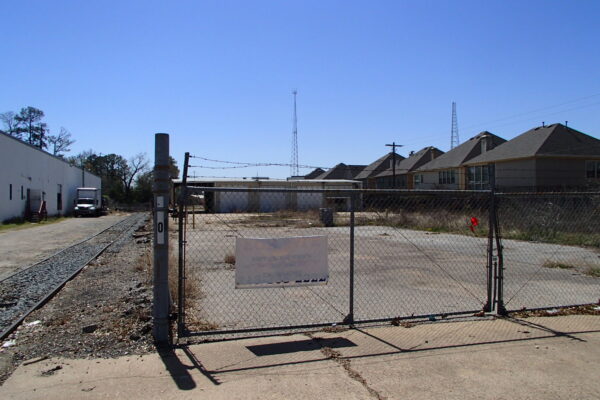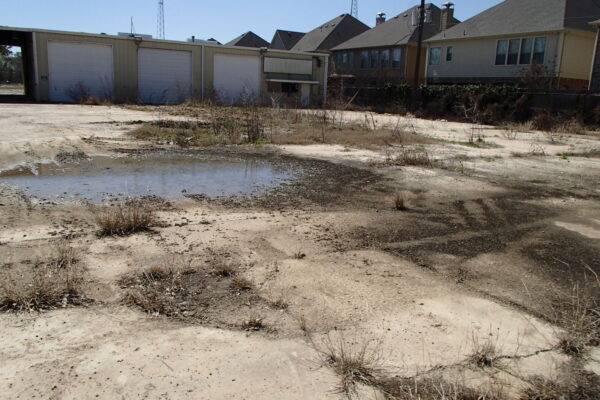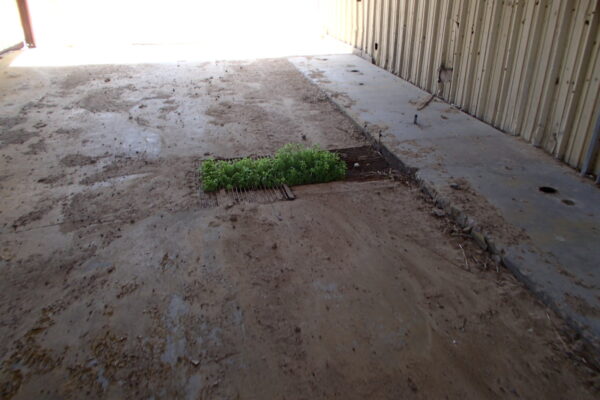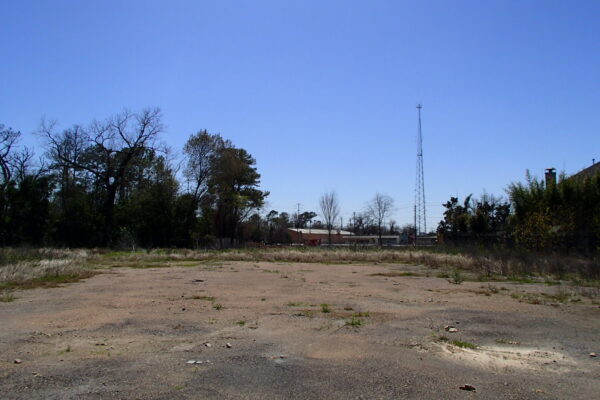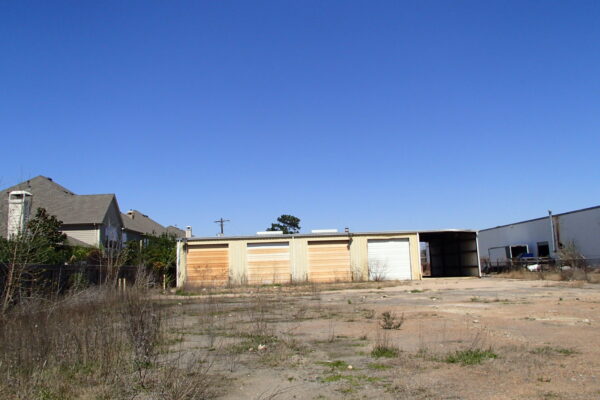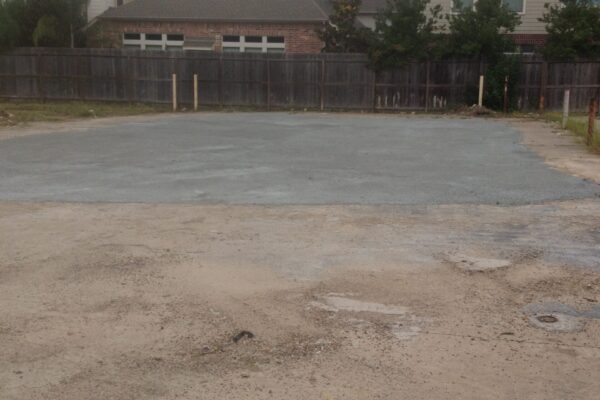CASE STUDY
Jartran & Engineered Transport
Phase conducted a 3rd party peer review of past environmental due diligence reports conducted at the subject property to assist a prospective purchaser with an understanding of the related environmental risk associated with the property. The prospective purchaser was considering the subject property as a redevelopment project including conversion of the property from commercial/industrial use to residential use. A past Phase II ESA conducted by another consulting firm was conducted at the subject property that identified presence of chlorinated solvent impacts to the underlying groundwater. The origin of the release was not identified, which presented an elevated level of uncertainty regarding the practicality of redeveloping the subject property for residential use. Phase conducted further investigation at the subject property including a Phase I ESA and a Supplemental Phase II ESA. The additional investigation conducted by Phase identified additional concerns at the subject property including nine (9) underground storage tanks (USTs) that were reported to have been filled in place and the origin of the release determined to have been an equipment wash sump drain within the existing onsite building.
The prospective purchaser engaged Phase to oversee the necessary environmental investigation and response actions through the Texas Commission on Environmental Quality (TCEQ) Voluntary Cleanup Program (VCP). Phase submitted documentation to the TCEQ to enter the VCP and conducted required additional investigation to delineate and characterize the impacted groundwater beneath the subject property. The TCEQ approved Phase’s request to classify the underlying groundwater as a non-potable groundwater resource (Class 3 Groundwater). The TCEQ issued a VCP Certificate of Completion (COC) for the subject property based on the lack of identified exposure pathways and groundwater classification. The closure was unconditional and did not require any future land use restrictions or engineering controls to be maintained; therefore, the anticipated future residential redevelopment was determined to be practical.
The subject property was redeveloped as the Kensington Green subdivision with 36 residences that were built between 2016 and 2019.
